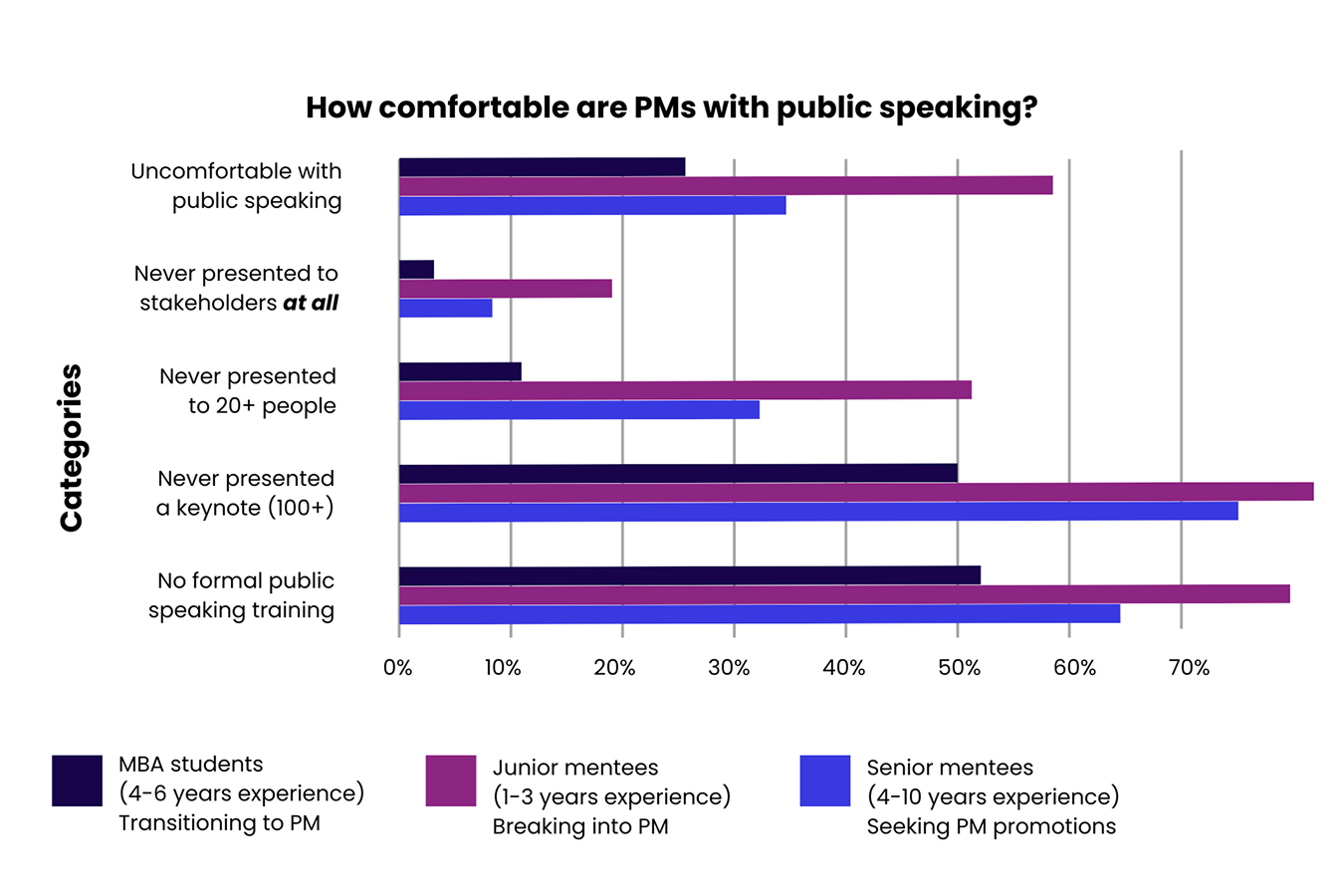Today Shubhansha Agrawal is Head of Product for Contributions and Community at local business review and recommendation site Yelp, but she didn’t set out to be a product manager.
She was working as a software engineer at the Wall Street Journal about 10 years ago and became interested in the way newspapers were changing as they moved online. “I met the product person,” she says, “and I was fascinated by their role.”
As an engineer, she says, she was always given a list of things to build. She found it was much more interesting to have discussions and debates about what they should be building and why they should build it.
From engineer to product manager
She didn’t immediately make the move from engineering into product management. It’s a transition that we’ve reported on many times at Mind the Product, and is rarely easy or straightforward (see further resources at the end of this post). Shubhansha worked for a few years on improving her skills through attending summer courses and the like, growing her network, attending Product conferences and seeking out people who would support her move. She spent some time at Salesforce both as an engineer and product manager but says her product management journey then began in earnest when she landed a job at My Fitness Pal. She moved to Yelp 18 months later.
Shubhansha has two pieces of advice for people looking to transition to product management: first, you must really understand the language of Product, and second, network as much as you can. She says: “You really have to know the product language. You have to understand what people really mean when they say acquisition, retention and so on. What are they trying to do?” Networking is so important, she says, because you need to “make a personal case about why you're passionate and interested in Product” because your resume won’t show that. It’s a transition that takes “time, effort and a lot of interviews”. She’s a mentor and coach occasionally now, and she still meets lots of people: “Honestly, 90% of the time, the question I’m asked is ‘how do I transition to product?’.”
A very personal role
Shubhansha has been at Yelp for four years. There’s much about her job that she loves. “I have always been very motivated about helping and supporting small businesses and local communities, so Yelp’s mission is a perfect fit for me,” she says. “I talk to business owners, I talk to people who've had experiences with that business and I work on content generation, so it's a very personal role.”
She heads a team for four product managers, scattered around North America and Europe. They’re one of three teams in Yelp’s consumer organisation (there’s also an advertising focused business organisation to address the businesses on the platform).
The team is responsible for the user-generated content of reviews, photos, videos, Q&As and so on (the contributions part of Shubhansha’s job title) and for building a community of contributors who interact with each other (the community part of her job title).
Behavioural economics
A lot of Shubhansha’s work is focused on user psychology and behavioral economics. She references the work of behavioural scientist Dan Arely and says she has taken some of his courses in order to get to grips with behavioural economics and psychology. She says: “How do you motivate people to share their experiences? To write a review, to share the photos of the experiences they had? It’s much harder than you might think. A lot of it is about small nudges that play to a user’s intrinsic motivation.”
These small nudges are complex in themselves. Part wording, part timing, part right suggestion, and more. Shubhansha says they have to understand a user’s behaviour patterns and activity, and also which business they’re most likely to write a review for.
Shubhansha’s team builds machine learning models to predict which user may be most motivated to write a review for a given business based on the actions that they took. “A user might tend to visit 10 businesses, but maybe only write a review for one of them. So when we suggest that a user writes a review, we only give them the one we think they’re most likely to review rather than all 10. That reduces the cognitive load for the user,” she says.
There’s a barrier of psychological friction to review writing and experience sharing, says Shubhansha. A user may think that their review doesn’t matter, that it’s too hard, they don’t have time, or that the business already has plenty of reviews. Her team works to overcome this psychological friction by motivating users. She says: “We’ll tell them how helpful or how valuable this business can be, how they’re helping X number of people in the community who we expect to come to this business in the next week. And we use AI-generated prompts to help them write reviews.”
Shubhansha has been working on optimising these machine learning models for most of her time thus far at Yelp, and “now we have much more confidence that people will want to write about the business we ask them to review”.
Measuring success
Yelp measures success in a few ways. It looks at the increase in the number of review shares, and whether people are writing more reviews or finishing more reviews. It also focuses on community building as a behavioural motivation for sharing experiences. So it measures how people react to the experiences of others on Yelp. Says Shubhansha: “Let's say I shared my experience with a nail salon, other people can react to it, they can agree or disagree. We see that people are very interested in engaging in this way or in asking follow-up questions.”
Your ability to influence user behaviour depends on your product, Shubhansha feels. She says a product like Duolingo does a fantastic job of motivating its users to keep coming back. It’s extrinsic motivation based on personal achievement so it’s possible to gamify the product with a system of rewards. This gamification isn’t possible for a product like Yelp, she says: “We don't want to give people rewards for sharing their experiences, because that can introduce bias. We want to play on the intrinsic motivation of helping the community, helping businesses and reducing psychological friction. My advice is that, if your product allows, start with extrinsic motivation, reduce friction, and then move to intrinsic motivation.”
Developing as a product person
If she wasn’t already busy enough, Shubhansha recently finished a short book, One to Hundred: Data-Driven Strategies from Insights to Investments to Scale Tech Products. She says it looks at what to do once you’ve achieved product/market fit. “I talk about how you can use data and analytics to identify gaps and find opportunities through funnel analysis. How you prioritise different opportunities, depending on what stage of the product you're at.”
Of her time in product management so far she says: “At My Fitness Pal I learned the building blocks, the basics of prioritisation and so on. At Yelp, I’ve learned how to think beyond the roadmap, how to have a vision beyond the metrics.”
She also moved into a managerial role two years ago: “Generally product managers are always looking for autonomy, they want to drive their roadmap, they want to drive everything themselves,” she says. “It’s hard – I'm learning how to balance being a product person and a people manager.”







